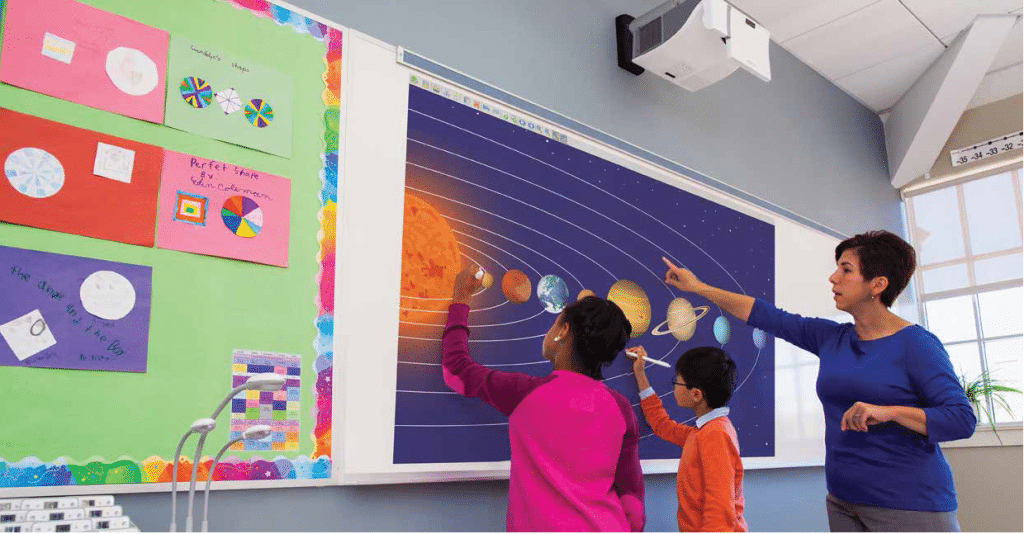
As Interactive White Boards (IWB) change the education paradigm in India and make it more interactive, digitalLearning’s Ankush Kumar looks at the segment to gauge its impact, and challenges
To most of us of a certain vintage, classrooms have meant a teacher facing a blackboard, his back to us, writing furiously on it with a white chalk. As the teacher writes, the chalk powder spreads all over the floor. The sound of the chalk’s journey on the board is etched in our memories. From that era of white dust and chalk fights, classrooms have now moved into a digital domain, where a range of innovative tools are used for making education interactive and engaging, with no chalk fights.
Out of 1 lakh pvt schools in India, only 7-10% have adopted smart classrooms
The Interactive White Board (IWB), first manufactured in 1991, has made education interactive and simulating. Its introduction in the Indian education system has changed it drastically. IWBs function as an effective tool for teachers to plan their lessons and make it more exciting for the students. They are used in a variety of settings, including classrooms, corporate boardrooms and work groups, in training rooms for professional sports coaching, in broadcasting studios, and others. Its impact on students has been noteworthy, as observed by teachers.
Interactive projectors can make any surface in the classroom interactive and allow teachers to interact with their projected lesson plan from practically anywhere in the classroom. By using a special interactive pen, they can draw, point and click by touching the screen directly or away from the screen. Projectors play a very important role, especially in language classes. Speakers and projectors are used to enhance listening skills, which are very important in the study of foreign language. The market of projectors has grown by 25 percent this year. In financial year of 2013-14, 2.3 lakh units were sold in the Indian market. Education sector’s share in this is roughly 28 percent. Out of the overall education sector share in the market, nearly 35 percent is of data projectors.
Raising academic standard in schools
 “ICT plays a very important role in changing and modernizing teaching systems and ways of learning. Using Interactive White Boards and audio-visuals has brought about a sea of change in the teaching learning processes in school. The most significant advantage is that students are more enthusiastic and motivated to learn even the abstract concepts using multiple layers. Class work can also be made available to students in real time so students save time on copying work,” said Madhvi Chandra, Principal, Gitanjali Devshala, Secunderabad (AP).
“ICT plays a very important role in changing and modernizing teaching systems and ways of learning. Using Interactive White Boards and audio-visuals has brought about a sea of change in the teaching learning processes in school. The most significant advantage is that students are more enthusiastic and motivated to learn even the abstract concepts using multiple layers. Class work can also be made available to students in real time so students save time on copying work,” said Madhvi Chandra, Principal, Gitanjali Devshala, Secunderabad (AP).
Children today are tech savvy and know how to operate the latest technology. They even help their parents when they get stuck with some functions on their mobile phones. These kids are very enthusiastic and creative, and grooming them is a very delicate task for the teachers. Those who do not adapt to the technological change will have difficulty in managing the students. Teachers need to be encouraged to keep abreast of the latest technology and the best way to do so is to hold workshops and seminars and give opportunities for hands on use in the school.
Teachers’ training and students’ feedback
 According to Pratibha Kohli, Principal, Maharaja Agrasen Model School, New Delhi, “For a tech-savvy teacher, using the IWB is an easy task and such teachers readily accept the novelty of using IWB to make lessons fresh and appealing to the learner. However, a teacher not so comfortable with the use of computers shall need adequate training and timely guidance. Therefore it is important that refresher training courses should be organized for all teachers. Lack of appropriate training might dishearten the staff towards the use of IWB, hence it is important to hold regular training sessions to keep the teachers motivated to adopt and adapt to the new technology.”
According to Pratibha Kohli, Principal, Maharaja Agrasen Model School, New Delhi, “For a tech-savvy teacher, using the IWB is an easy task and such teachers readily accept the novelty of using IWB to make lessons fresh and appealing to the learner. However, a teacher not so comfortable with the use of computers shall need adequate training and timely guidance. Therefore it is important that refresher training courses should be organized for all teachers. Lack of appropriate training might dishearten the staff towards the use of IWB, hence it is important to hold regular training sessions to keep the teachers motivated to adopt and adapt to the new technology.”
The response from the students to the changes has been overwhelming. Our young learners, especially the digital natives, are at ease with the advent of digital learning tools in the classroom.
Since IWB overcomes the monotony of the lecture method of tutelage, the new generation learners are definitely fascinated by the ‘wow factor’ of the interactivity that IWBs offer. The enthusiasm in the classroom is apparent. Student participation and engagement in the teaching-learning process is greatly enhanced, so the learning quotient definitely increases. Teachers can also allow students to touch and experience the IWB and also explore its interactivity.
“IWB has the advantage of group-based synchronous learning where, in the class room, a group of students learn in real time using multimedia resources. This type of learning can also include audio or video conferencing, where the teacher, placed away from group of students, interacts and teaches them using IWB. Asynchronous teaching-learning is also facilitated by IWB where the teacher can save the lessons and the students can watch them after a time delay, not in real time.” Pratibha added.
Parent’s response
It is important to know whether the parents are happy with this technology and how cost effective it is for the schools to install them.
 “Of course the parents are happy; the students have been very excited about this technology and have shared their views with the parents about the same. Parents are happy with this kind of a teaching aid which is making learning process easier and is enhancing lateral thinking, creating mind mapping & making children socially compatible,” said Jaydeb Kar, Principal, Calorx Public School, Gujarat. “It is economical and cost-effective and is considered to be a one-time investment,” he adds.
“Of course the parents are happy; the students have been very excited about this technology and have shared their views with the parents about the same. Parents are happy with this kind of a teaching aid which is making learning process easier and is enhancing lateral thinking, creating mind mapping & making children socially compatible,” said Jaydeb Kar, Principal, Calorx Public School, Gujarat. “It is economical and cost-effective and is considered to be a one-time investment,” he adds.
Many schools have also started using social networking platforms to engage with their students. Corporates have come up with bundles of such applications that can be used by the institutes. Parents are ready to provide the best of the education to their children, be it any cost. They have started feeling the competition among the children at various levels of examination.
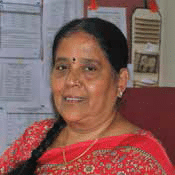 “Today’s parents are ready to pay the price if there is an impact on the child. IWB and AVs are no longer cosmetics for a school. They have become essential components of a classroom. They are also easily affordable and available to schools. Government introducing it in government and corporation schools is a major step which has made a big difference to the situation,” said Shanti Krishnamurthy, Principal, Chinmaya International Residential School, Coimbatore.
“Today’s parents are ready to pay the price if there is an impact on the child. IWB and AVs are no longer cosmetics for a school. They have become essential components of a classroom. They are also easily affordable and available to schools. Government introducing it in government and corporation schools is a major step which has made a big difference to the situation,” said Shanti Krishnamurthy, Principal, Chinmaya International Residential School, Coimbatore.
Global scenario
The main aim of deploying ICT is to empower children and teachers to match up to the demands of a global society. According to a report by Global Industry Analysts (GIA), the global market for Interactive Whiteboard (IWB) is projected to reach US$1.85 billion by the year 2018, primarily driven by rising demand for technologybased education, Government education initiatives, and technological advancements in the sector. Further, increased adoption of Interactive Whiteboards in emerging economies including China and India is expected to fuel market growth.
One of the key factors contributing to this market growth is the increased government funding for the education sector. The global IWB market has been witnessing an increase in the significance of e-learning and virtual learning environments. Demand for IWBs from the corporate sector is set to rise exponentially. Futuresource consulting forecasts show that the total display technologies market of IWBs, interactive flat panels and interactive projectors will reach 1.05 million devices by 2017. However, the adoption rates of the three products vary by the country and even by the region.

Factors driving IWB market in India
IWBs have managed to find a wide acceptance amongst education institutes and enterprises in India. “The need for innovative teaching and faster means of collaboration is mainly driving the IWB adoption mainly in education and also in large enterprises. Education sector holds the maximum share in the market whereas the enterprise segment is slowly showing a growing inclination towards interactive whiteboards. Altogether, the market is poised for a steady growth in the years to come, from its current emerging stage,” said Ramya Chatterjee, Director – Sales & Marketing, Cybernetyx. Touch screen products were available in the market for a long time but only recently their demand has gone up. Such is their impact of the technology that kids even try to slide television screens, thinking it is a touch screen. The other important thing which will drive the market is awareness. Many schools have not experienced this technology and are not aware about its advantages. But when they see the results of the schools using these technologies, they will consider buying it.
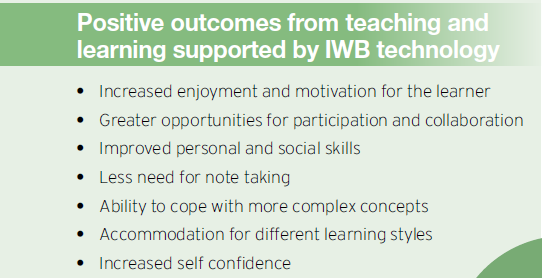 The first half of 2013 witnessed sales of whiteboards mainly in the education and corporate sector, which grew by 20 percent. “Whiteboards have managed to find a widespread acceptance amongst the education and enterprise segment in India. The country has also experienced a substantial quarter, with more than 50 percent rise in sales for 2013”, said Prasenjeet Bhattacharyya, Business Head, Security and Mobility, Panasonic India. The growing number of meeting rooms in India, especially in tier two cities, is a potential market. “The need off writing during any meeting is very common, and whiteboard gives the option of continuing the written discussion on two pages and prints the document through inbuilt printer which is a necessity for post meeting notes. Keeping these factors in mind, we see a growth of double digits in India,” Prasenjeet adds.
The first half of 2013 witnessed sales of whiteboards mainly in the education and corporate sector, which grew by 20 percent. “Whiteboards have managed to find a widespread acceptance amongst the education and enterprise segment in India. The country has also experienced a substantial quarter, with more than 50 percent rise in sales for 2013”, said Prasenjeet Bhattacharyya, Business Head, Security and Mobility, Panasonic India. The growing number of meeting rooms in India, especially in tier two cities, is a potential market. “The need off writing during any meeting is very common, and whiteboard gives the option of continuing the written discussion on two pages and prints the document through inbuilt printer which is a necessity for post meeting notes. Keeping these factors in mind, we see a growth of double digits in India,” Prasenjeet adds.
Digital products are generally expensive and delicate, so installing these devices for a small school will be difficult. The Government has always played an important role in the education sector. India has been committed to providing free and compulsory education to all children for the purpose of nation building. “If the government makes the use of IWB in classrooms mandatory while issuing licenses to new schools, the rise in demand will be multi-fold. At the same time, if the government starts buying IWBs for the existing and upcoming government schools, the demand will go up in multiple numbers,” said Radha Krishna, Aveco India.
Branded IWBs start from ` 21,000 and go as high as ` 64,350
Challenges
For a developing country like India, installation of IWB may prove to be quite expensive. “In case, the equipment of IWB is damaged, replacement may prove to be expensive. Since all areas in India do not get a continuous supply of electricity, the regular use of IWB may be a challenge in the remote areas of the country,” said Pratibha of Maharaja Agrasen Model School. Front projection boards may get obscured by the presence of the teachers. Acquiring a lot of information in a small time can become a daunting task and may lead to information overload for the students.
Industry experts say that IWBs is turning into a low profit business.
 “In the last few years (excluding last year), we saw the peak business for interactive segment and it won’t be returning. A sharp fall in selling prices, easy availability of low cost products and interactivity through tablets have contributed to the fall in business, and this is resulting in losses for interactive companies. Few have closed or even sold out,” said Mohammed Ghouse, consultant.
“In the last few years (excluding last year), we saw the peak business for interactive segment and it won’t be returning. A sharp fall in selling prices, easy availability of low cost products and interactivity through tablets have contributed to the fall in business, and this is resulting in losses for interactive companies. Few have closed or even sold out,” said Mohammed Ghouse, consultant.
There are challenges for companies selling only interactive products, as even more projector companies join in. Ghouse adds, “It takes fewer efforts for mobile phone manufacturers to add the time feature, but it has damaged the watch manufacturing industry. Similarly, interactive projectors are giving IWBs, a tough time.”



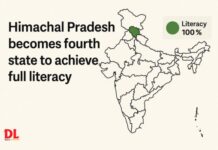


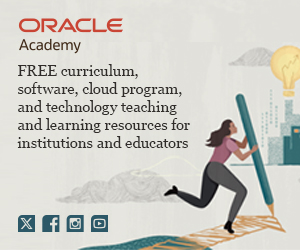

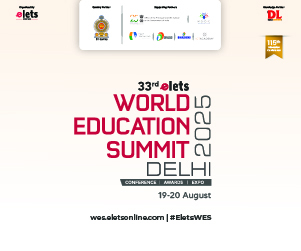
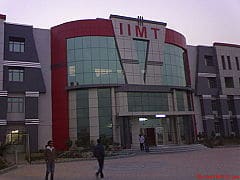





 According to Pratibha Kohli, Principal, Maharaja Agrasen Model School, New Delhi,
According to Pratibha Kohli, Principal, Maharaja Agrasen Model School, New Delhi, 
 “Today’s parents are ready to pay the price if there is an impact on the child. IWB and AVs are no longer cosmetics for a school. They have become essential components of a classroom. They are also easily affordable and available to schools. Government introducing it in government and corporation schools is a major step which has made a big difference to the situation,”
“Today’s parents are ready to pay the price if there is an impact on the child. IWB and AVs are no longer cosmetics for a school. They have become essential components of a classroom. They are also easily affordable and available to schools. Government introducing it in government and corporation schools is a major step which has made a big difference to the situation,”
 The first half of 2013 witnessed sales of whiteboards mainly in the education and corporate sector, which grew by 20 percent. “Whiteboards have managed to find a widespread acceptance amongst the education and enterprise segment in India. The country has also experienced a substantial quarter, with more than 50 percent rise in sales for 2013”, said Prasenjeet Bhattacharyya, Business Head, Security and Mobility, Panasonic India. The growing number of meeting rooms in India, especially in tier two cities, is a potential market. “The need off writing during any meeting is very common, and whiteboard gives the option of continuing the written discussion on two pages and prints the document through inbuilt printer which is a necessity for post meeting notes. Keeping these factors in mind, we see a growth of double digits in India,” Prasenjeet adds.
The first half of 2013 witnessed sales of whiteboards mainly in the education and corporate sector, which grew by 20 percent. “Whiteboards have managed to find a widespread acceptance amongst the education and enterprise segment in India. The country has also experienced a substantial quarter, with more than 50 percent rise in sales for 2013”, said Prasenjeet Bhattacharyya, Business Head, Security and Mobility, Panasonic India. The growing number of meeting rooms in India, especially in tier two cities, is a potential market. “The need off writing during any meeting is very common, and whiteboard gives the option of continuing the written discussion on two pages and prints the document through inbuilt printer which is a necessity for post meeting notes. Keeping these factors in mind, we see a growth of double digits in India,” Prasenjeet adds.
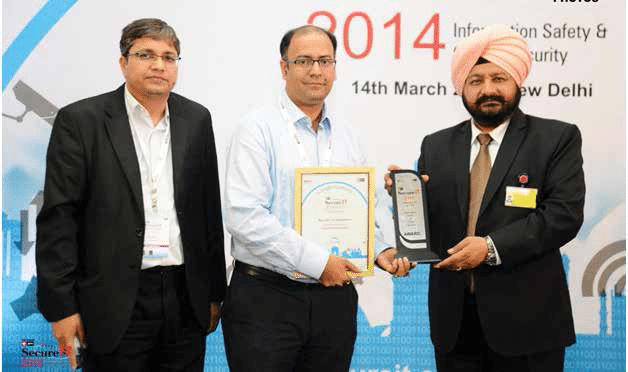

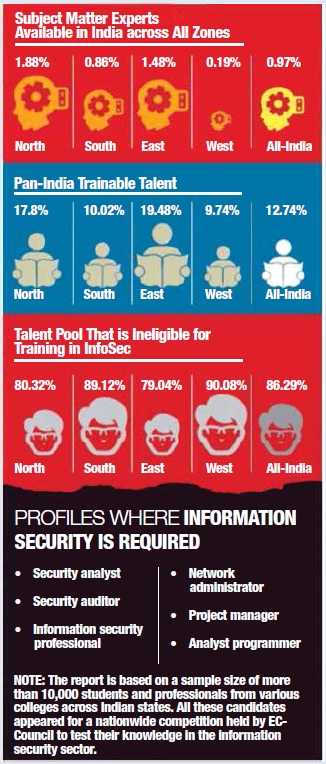 …Supply Situation is Bleak
…Supply Situation is Bleak



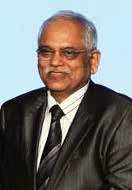

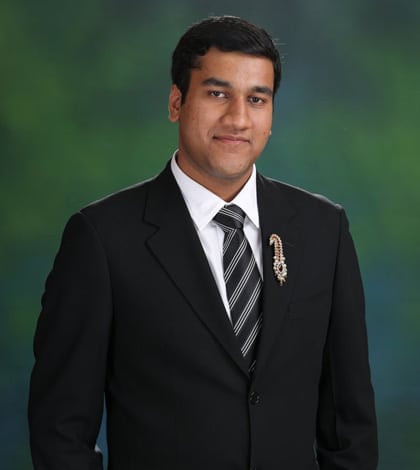
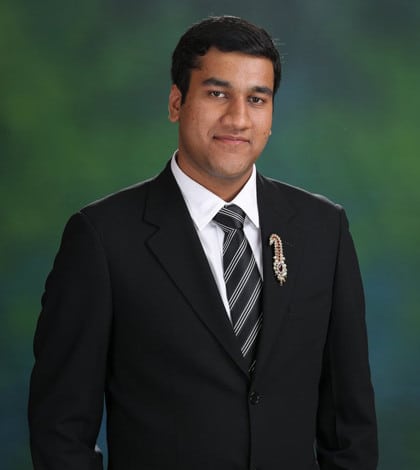

 “When I joined IMI, there were around 31 faculty members and now, we have 65 members. Our dream is to have around 80 members” says Padma Shri Dr Pritam Singh, Director General, International Management Institute in an exclusive interview with Ankush Kumar. We share his insight on government policies, pending Foreign University Bill and qualities that a good leader should possess
“When I joined IMI, there were around 31 faculty members and now, we have 65 members. Our dream is to have around 80 members” says Padma Shri Dr Pritam Singh, Director General, International Management Institute in an exclusive interview with Ankush Kumar. We share his insight on government policies, pending Foreign University Bill and qualities that a good leader should possess










